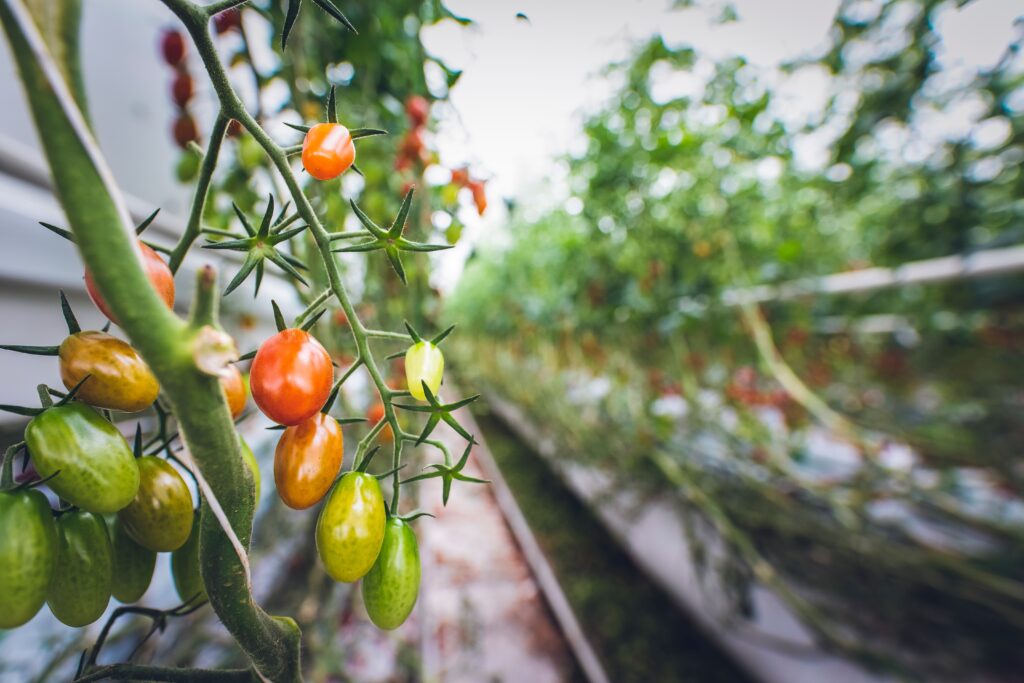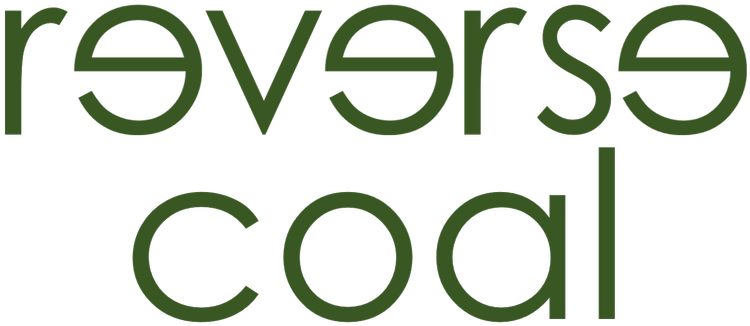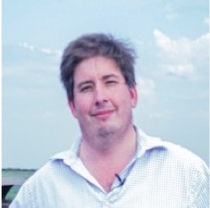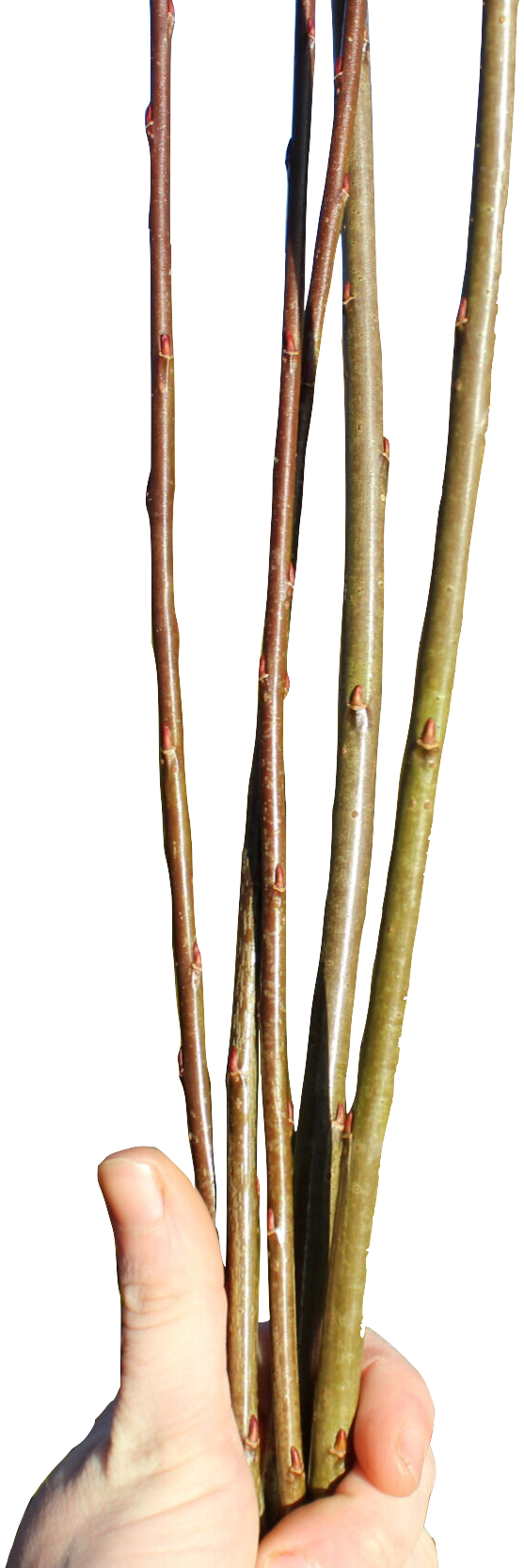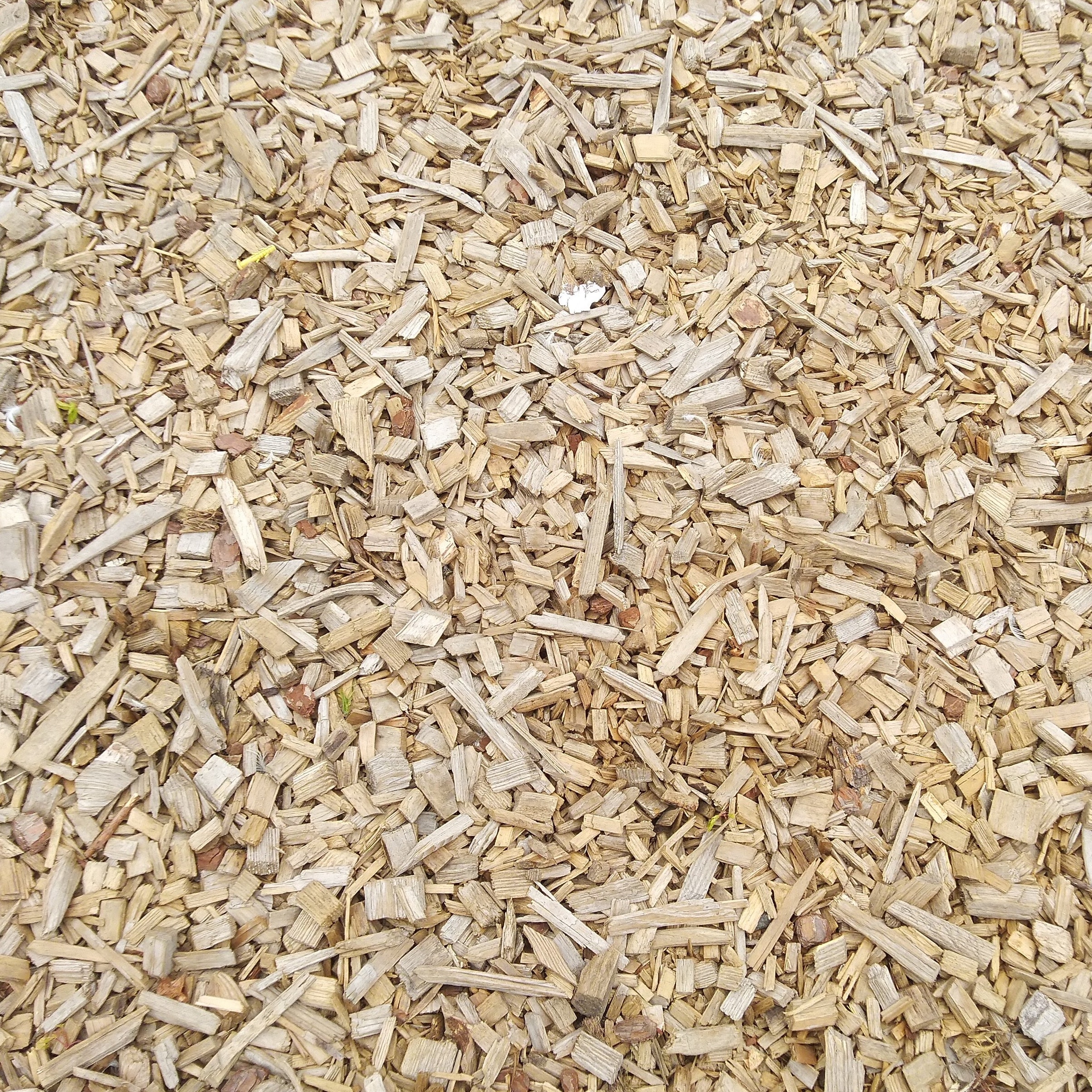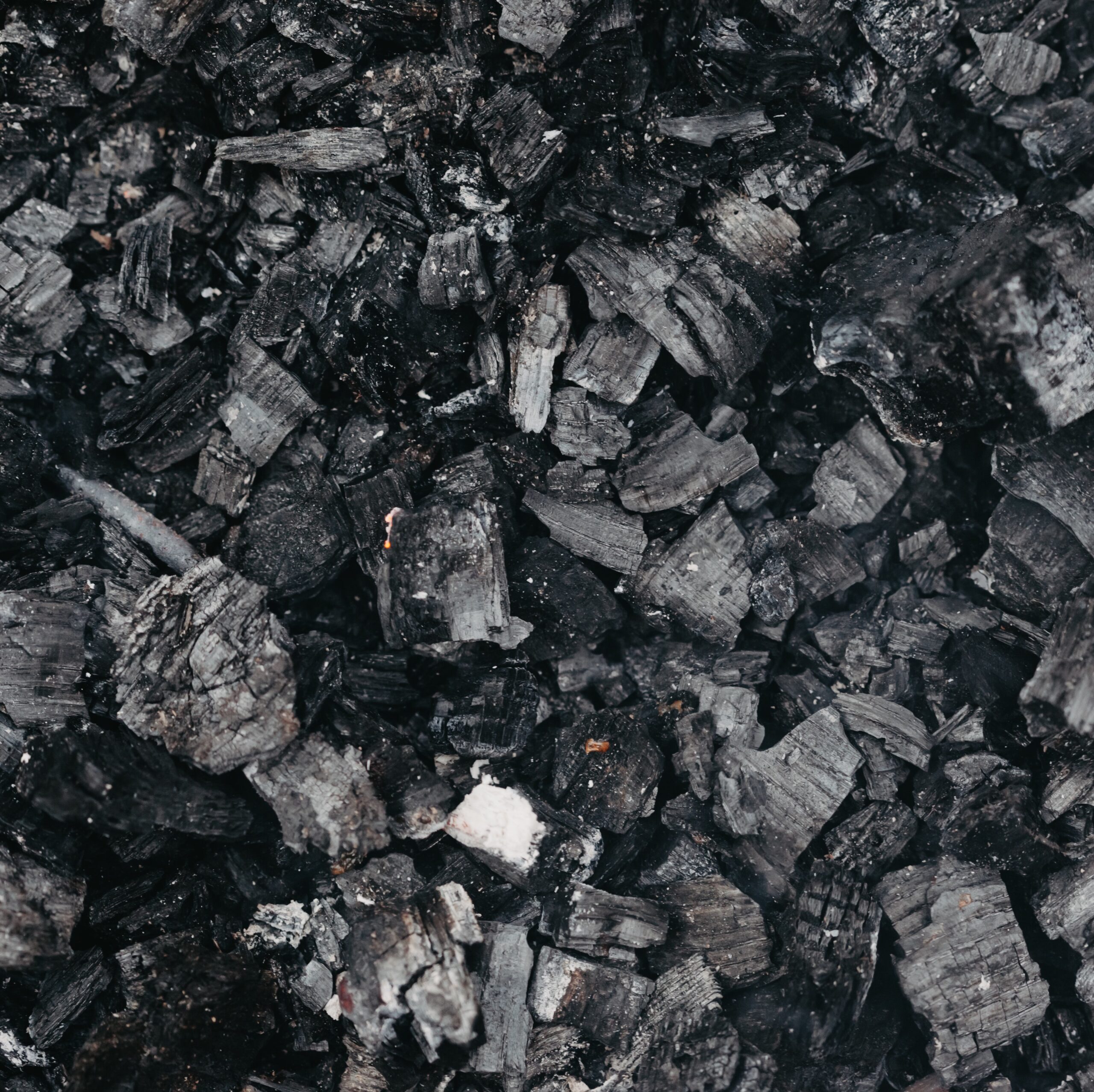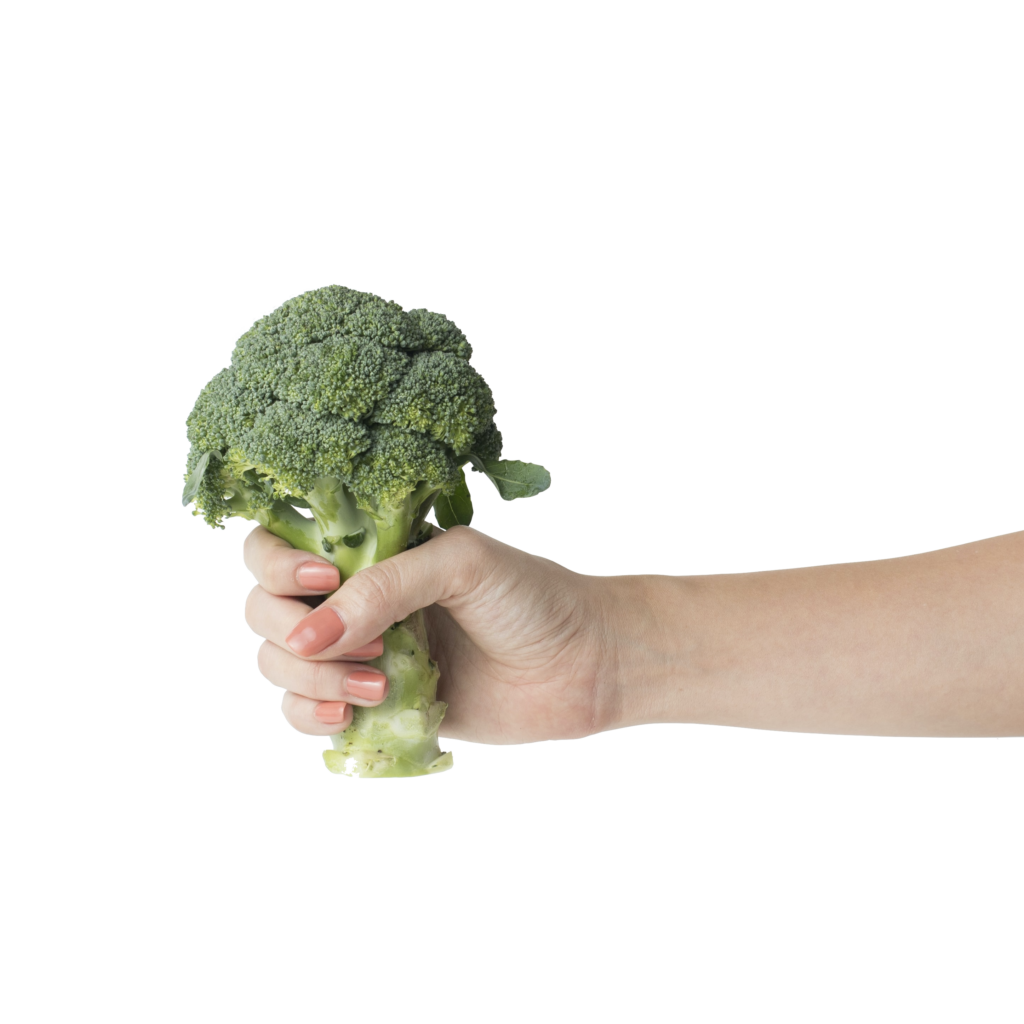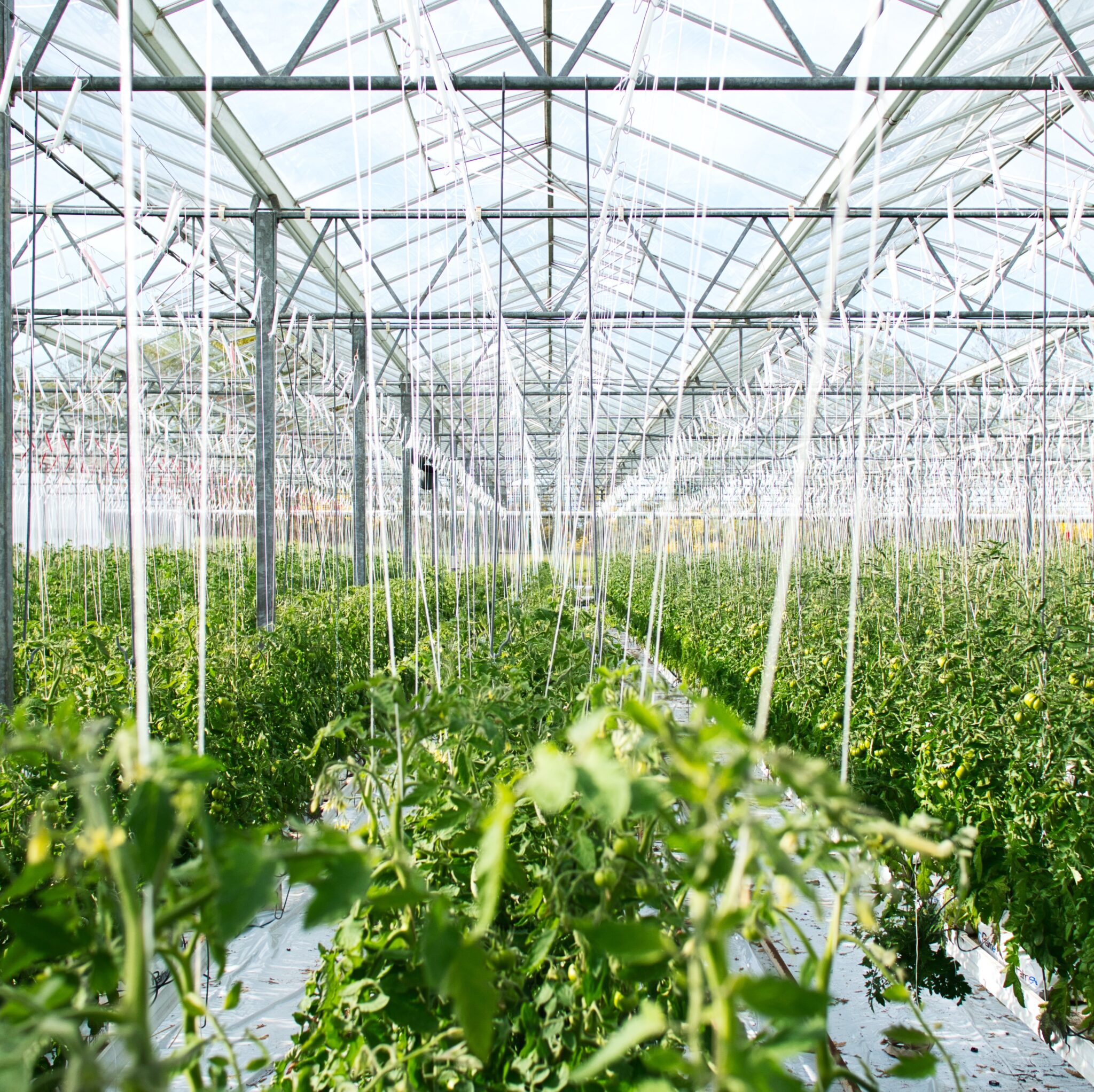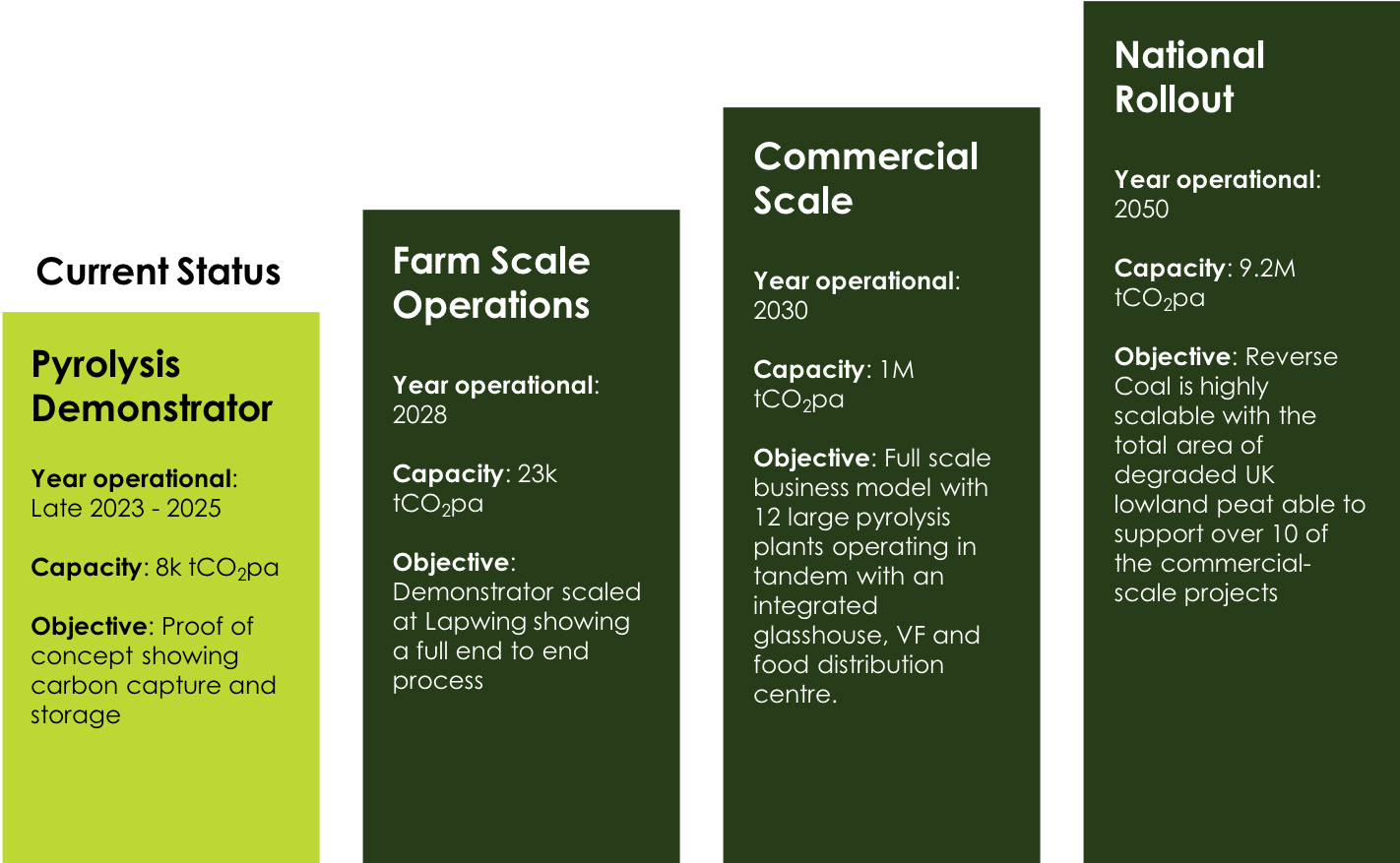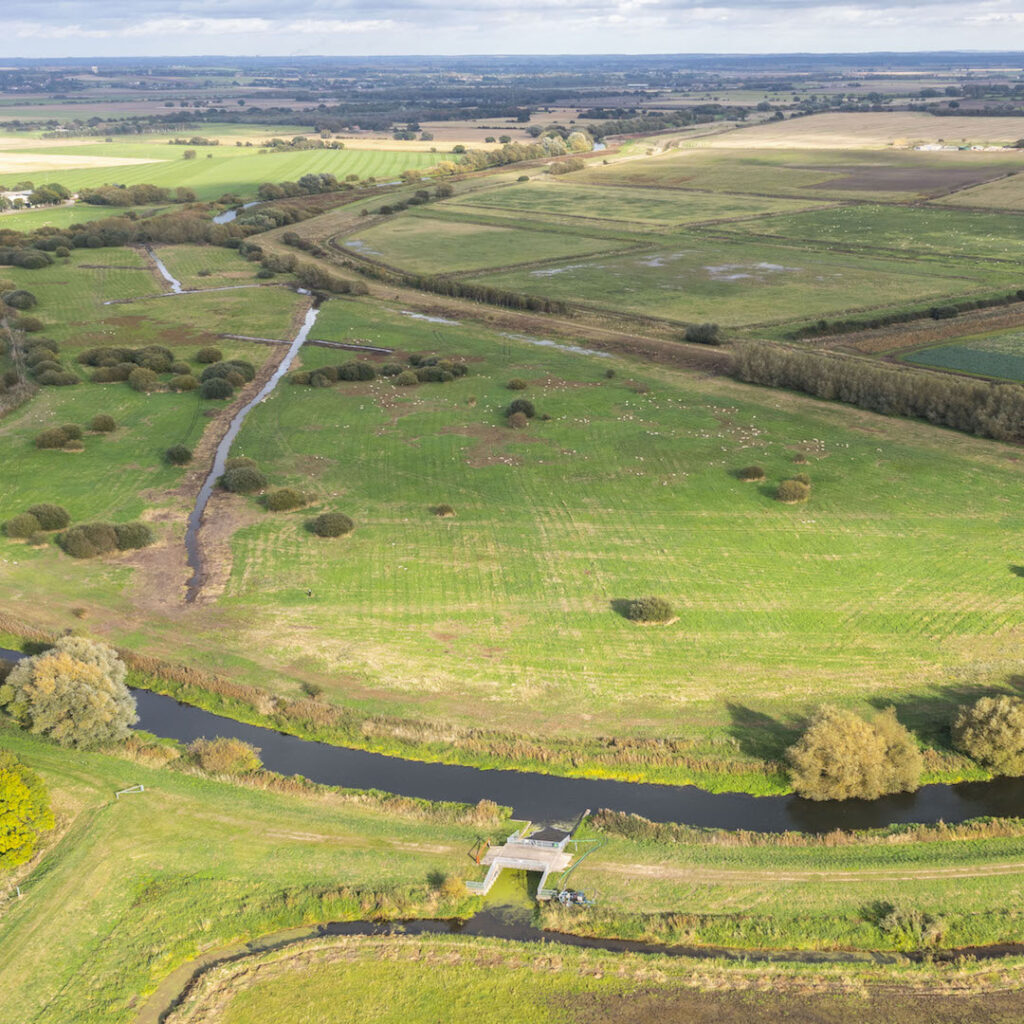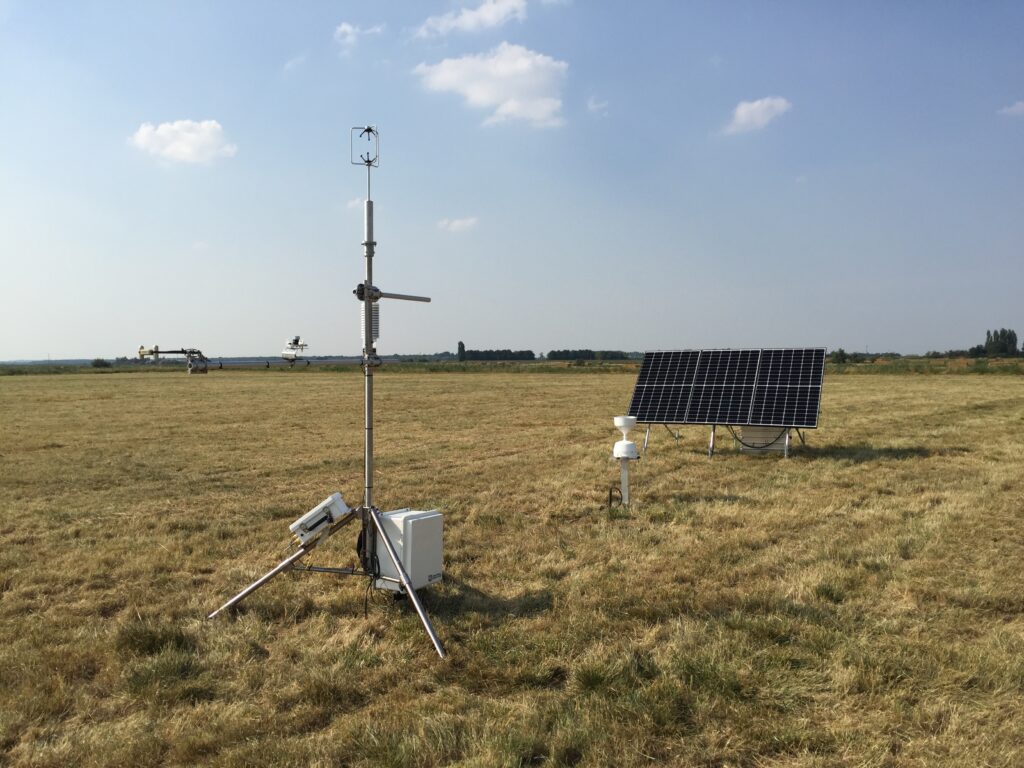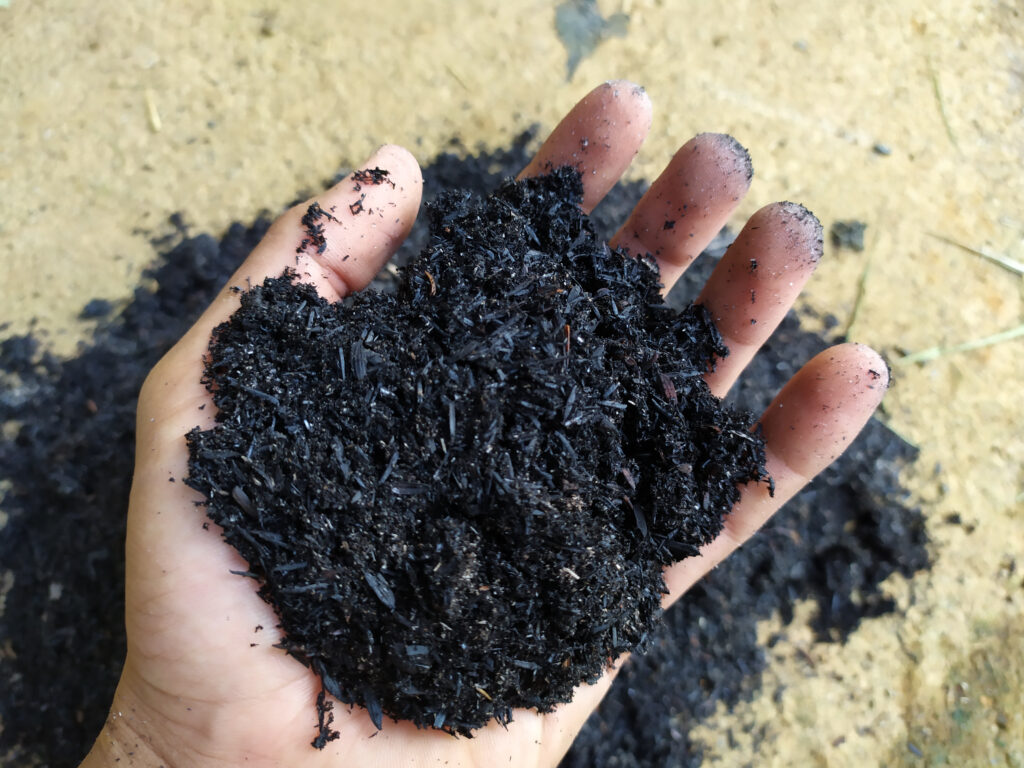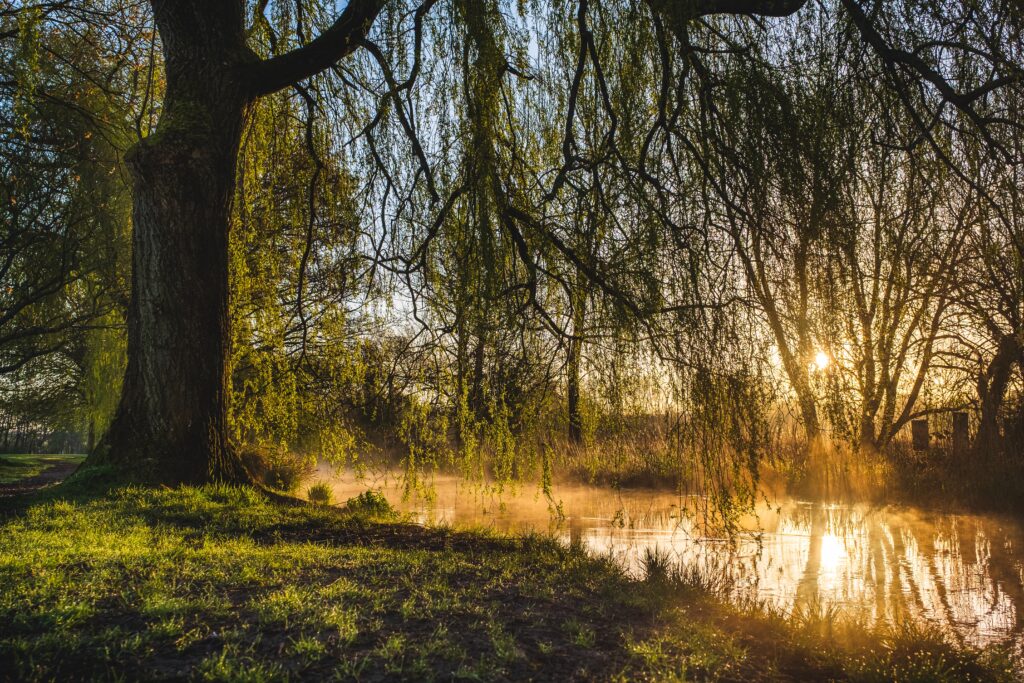Our Approach
The Lapwing Estate has developed a new model for “Rethinking peatlands”, which both sequesters and abates significant quantities of carbon, and also produces food with measurable positive environmental and social impact
Reverse Coal is a radical and transformative whole systems approach that transitions from traditional organic farming on degraded lowland peat, towards climate resilient, controlled environment agriculture (CEA) with a broad array of interlinked societal, environmental and economic benefits
